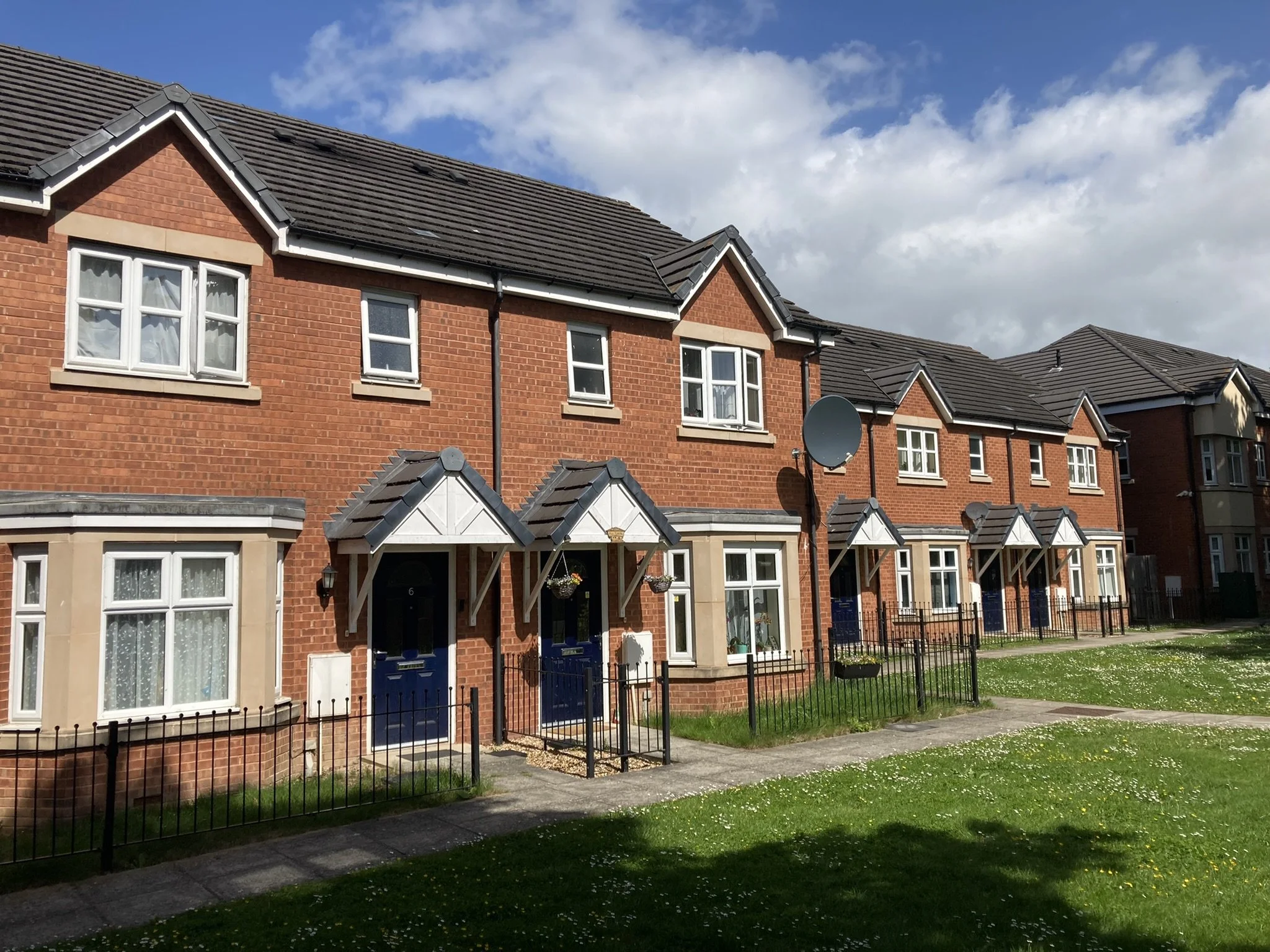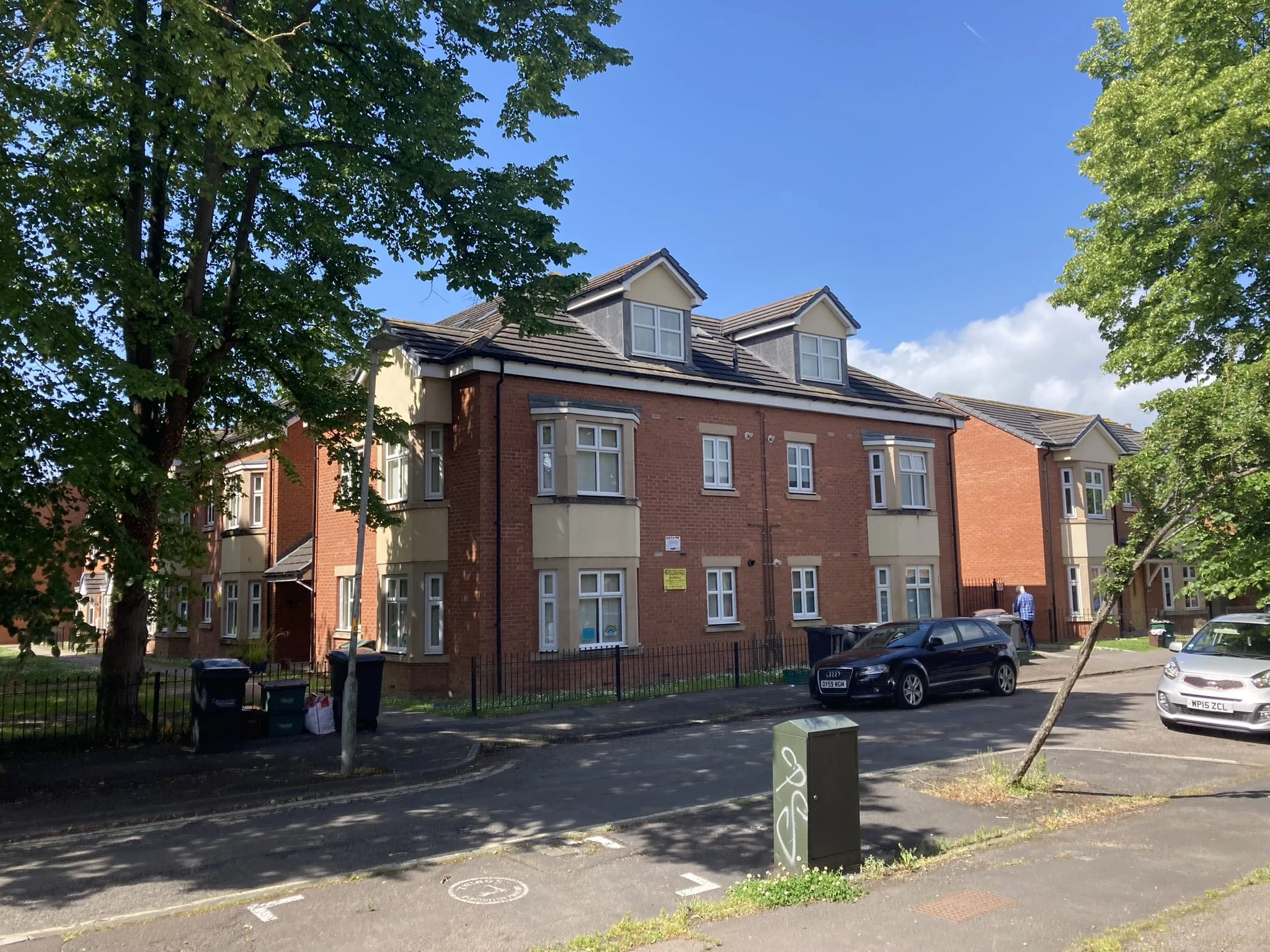St John’s, Keswick
The Story in Depth
A waterlogged section of the graveyard at St John’s was a headache for the vicar, while the town had a dire shortage of affordable homes. Could the first problem hold one solution to the second?
-
Starting point
Rising house prices due to the demand for second homes and short term holiday lets was pricing more and more local people out of Keswick’s housing market, and there was a shortage of social housing as well. Churches Together in Keswick ran a consultation on this issue in 2009 which led to a Community Land Trust being formed. It would acquire houses for local people which would be affordable in perpetuity.
Soon after this, the vicar of St Johns suggested that part of the graveyard might be a suitable place for the KCHT to start, as the water table was too high. Meanwhile the council conducted a housing needs survey in 2011, which showed that the greatest housing need was for three-bedroom homes for young families.
-
The plan
Once the sale of land was agreed between the church and KCHT, they would seek planning permission for 11 three-bed houses, some for affordable rent and some for shared ownership. Under the shared ownership scheme, people would buy 50% of the value of the house, and KCHT would not charge any rent on the other half. The houses would all have local occupancy restrictions, meaning they could only ever be owned by people who met the local occupancy criteria and used it as their primary residence.
-
The journey
A steering group was formed in November 2009 and the Keswick Community Housing Trust (KCHT) was constituted as an Industrial and Provident Society with charitable status in December 2010. This structure allowed them to sell shares to members of the community as a way of raising funds.
They then applied to the social housing regulator for approval as a non-profit, private, registered provider of Social Housing, which was granted in May 2012.
In June 2012, KCHT launched a community share offer to support the development. They also applied to the Homes and Community Agency for a grant to ensure the houses could be delivered affordably.
Meanwhile the vicar had to negotiate lifting the covenant on the land, as it had been donated to the parish for the purpose of providing a site for burials. This required perseverance and patience, and sharing 33% of the sale value with the donor.
Once planning permission was obtained and sufficient funding was secured, building work on The Hopes, as the site was called, could start in January 2013.
In November 2013 the building work was completed and KCHT allocated the houses based on the needs of the applicants, their financial and employment situation, and connections to Keswick.
In the end KCHT provided five homes for shared ownership and five for affordable rent. They decided that the 11th house should be sold on the open market with a local occupancy requirement in order to help cross-subsidise the other homes.
There were more than four applications for each property, which showed how much demand there was from people living or working in Keswick; this spurred KCHT on to launch three further developments, and they now provide 40 affordable homes across four sites.
(Case study continues below the photos)

Family houses
-
Resources
St John’s Church sold the land to provide 11 building plots at £10,000 each, ensuring affordability for the development.
With the help of local and national organisations, £18,000 was released to help cover costs to set up KCHT in 2010 and become a Registered Provider in 2012.
This new status helped the Trust to raise investment through the community shares and charitable sources. Negotiations with the Homes and Communities Agency led to a grant of £230,000, and a further £60,000 was raised through the community share offering, exceeding their £50,000 target. Finally, a £1 million loan was negotiated from the Cumberland Building Society, and once the sales revenue was factored in from the one outright sale and the five shared ownership houses, the funding was complete.
-
Keys to success and biggest challenges
· Enthusiasm, hard work and commitment from the members of KCHT
· Favour from the vicar, who shared the vision to provide affordable housing and was determined to make the land available
· Support from the local council and members of the community, who bought shares in the scheme
· Challenges came through having to overturn a legal covenant on the land, limiting its use to burials
· Another problem was with access to the site, which was close to a medical centre using the same access road. A change of approach by Cumbria County Council allowed the access challenges to be settled at the end of 2012.
-
Final outcomes
The church turned an unusable section of the graveyard into a site for affordable homes and received a capital sum in return, which represented best value for the asset.
Eleven local families in Keswick gained a secure home they could afford, enabling them to put down roots, enlarge their family and thrive in the community. In the first 10 years, only two of the original families have moved out. One shared ownership home has been converted to rental, and KCHT are now charging the shared owners a small amount of rent to help cover their running costs and support the delivery of additional affordable homes in Keswick.


